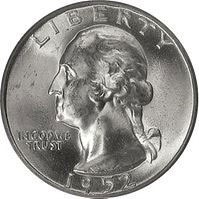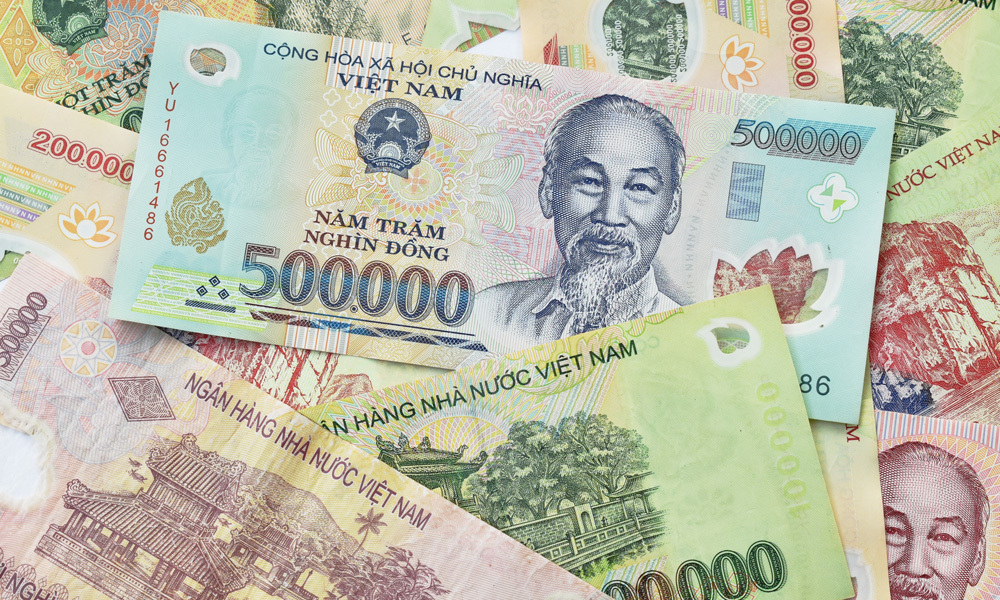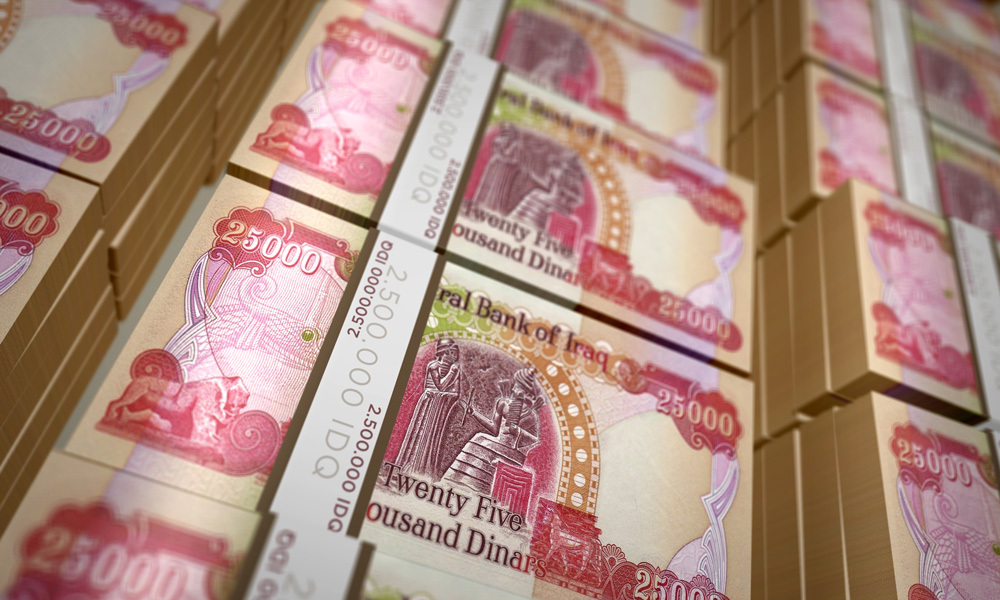To commemorate the 200th anniversary of the birth of the first US president, the George Washington Bicentennial Committee proposed issuing a half-dollar coin in his honor. But the inventory of half dollars was high enough that none were scheduled for production that year, so Congress chose to replace the Standing Liberty quarter instead. Rather than a one-year issue, the new design was to be ongoing. Nearly 87 years later, the Washington Quarter has been in circulation longer than any US coin other than the Lincoln Cent.
Original Design Controversy
The Commission on Fine Arts, the advisory body that recommends coin designs among its other duties, and the Washington Bicentennial Committee selected a design by Laura Gardin Fraser, wife of Buffalo Nickel designer James Earle Fraser and a noted medal designer in her own right. But Treasury Secretary Andrew W. Mellon maintained that Treasury had not been party to the design selection and ordered a competition for the new quarter’s art. Several sculptors submitted patterns and Mellon chose a design by John Flanagan even though the advisory bodies still favored the Fraser design.
Fraser’s design featured a left-facing bust of Washington modelled after French sculptor Jean-Antoine Houdon’s 1785 portrayal of the then-general. The inscription “Liberty” sits above Washington’s head, the motto “In God We Trust” rests in the lower left part of the field, and the date is below the bust. The reverse shows a bald eagle with its wings spread and holding a bundle of arrows. Two olive branches rest below the arrows and the national motto, “E Pluribus Unum,” sits above the eagle’s head. “United States of America” and “Quarter Dollar” are inscribed around the edges.
Design Changes
Despite complaints of male chauvinism in the design selection, over 6.5 million Washington Silver Quarters were released into circulation on August 1, 1932. The original design remained essentially unchanged through 1998 when States, Territories, and America the Beautiful designs replaced the eagle on the reverse, the exception being 1975-76 when a bicentennial design was used. The mint mark initially appeared below the olive branch on the reverse. When the composition of the coin changed from 90% silver to copper clad in 1965, the mint mark moved to the face at about the 4 o’clock position.
Collecting Silver Washington Quarters
Silver Washington Quarters were struck for circulation at Philadelphia, Denver, and San Francisco. Proof versions were struck exclusively at the Philadelphia Mint. The initial 1932 mintage was over 6 million coins despite an abundance of quarters already in circulation. Most were struck at Philadelphia, and since it was the first year of circulation, many were saved by collectors, especially since they weren’t needed for commerce. Relatively few coins were struck at San Francisco and Denver, though, making them particularly desirable to collectors, especially in higher grades. No quarters were produced in 1933 due to the oversupply in circulation.
Any pre-1965 quarters are desirable due to their silver content, but other than uncirculated coins, most are available at relatively low prices. There are exceptions, though, with 1934 coins struck with “heavy”, “medium,” and “light” mottos as well as doubled dies in 1934, 1937, 1942 and 1943. A 1932-D coin graded MS66 sold for $143,750 at auction in 2008. By comparison, a 1932 Philadelphia MS67 quarter sold for “only” $40,250 in 2012. But even high graded (60-64) 1932 Philadelphia coins can be had today for $100 or less. Mint condition doubled die coins and over-mintmark coins can bring a few thousand, but good quality coins can be had in all other mintages for $50 or less, making collecting Washington Silver Quarters affordable for all levels of collectors.
A detailed look at mintages, varieties, and prices of Washington Silver Quarters can be found on the PCGS website.
The Washington Silver Quarter – 1932-1964
By Rajesh Khunt | January 03, 2019

Latest Posts

November 30, 2023
In the heart of Southeast Asia lies the vibrant and culturally rich nation of Vietnam. Amidst its bustling cities, serene landscapes, and bustling markets, you'll find a currency that reflects not only the country's economic growth but also its commitment to safeguarding the wealth of its citizens a...
Read More
November 29, 2023
Unraveling the Historical Journey of the Iraqi Dinar: From Past Glory to Present Challenges Money plays a vital role in the stability and development of a nation, and throughout history, currencies have evolved, reflecting the socioeconomic and political circumstances of their respective countries....
Read More